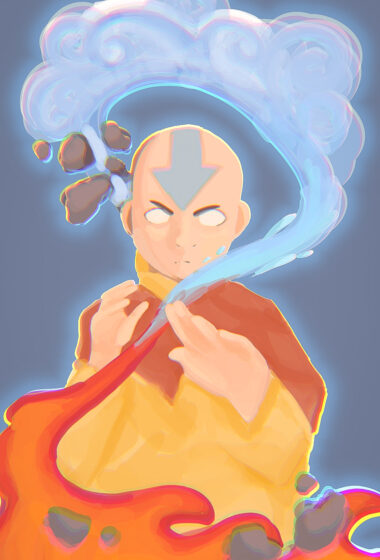
By Rebecca Do
Disclaimer: This article may contain spoilers for “Avatar: The Last Airbender.”
Nearly 18 years ago, on Feb. 21, 2005, the most excellent show to ever hit television was aired on Nickelodeon. The introduction, “Earth. Water. Air. Fire,” captured audiences around the globe with an average of 1.1 million viewers tuning in per episode.
“Avatar: The Last Airbender (ATLA)” was ahead of its time. It somehow managed to convey the horrors of imperialism and the wit that comes with childhood trauma through a show intended for children.
The ethnic diversity of the show, the world-building and the well-written fleshed-out characters make it a truly commendable feat, not just by Nickelodeon standards.
ATLA wasn’t just a cute TV show about a flying bison taking its three (then four, then five) human friends on adventures around the world. At its core, the show is about taking down a dictatorial, corrupt government. The war symbolism is sure to keep anyone who has even a shallow understanding of history on the edge of their seat.
Expanding on worldbuilding, as it is based on cultures from the real world, each nation represents one on earth. The Water Tribe, the Indigenous peoples of the Arctic region, the Earth Kingdom, the Qing dynasty of regal China, the Fire Nation, by imperial Japan, and the Air Nomads by the peace-wearing, Buddhist nations of South Asia.
All four elements represent something on the map of the ATLA world. The symbol for water represents virtue, as seen through Katara and Sokka. The one for earth represents strength, as seen through the blind Toph. The one for fire represents fierceness, as seen through fire nation siblings Zuko and Azula. Finally, air, representing peace, is seen through the Avatar, Aang–a perfect element for this period of political turmoil within the nations.
In the first season, siblings Katara and Sokka find the Avatar in the form of a 12-year-old boy cryogenically frozen. Being trapped in an iceberg for the past 100 years, he is completely unaware of the waging war among the nations of the world. They later find out that he was the only survivor of the Air Nomad Genocide, which killed everyone but Aang. The trio sets off, unaware that the Crown Prince of the Fire Nation, Zuko, is on the hunt for the Avatar.
As the series progresses, they find friends in the form of a blind, 10-year-old earth bender, Toph Beifong and later, Zuko. They also come across Princess Azula— bloodthirsty and the only fire bender who is capable of producing blue flames (supposedly a symbol of safety and protection in the real world, but the complete opposite with Azula).
It’s not every day that children learn about the horrors of imperialism and genocide, but ATLA conveys it outright, avoiding subtlety and homing it in, that this happened to the Air Nomads. It’s frightening, but these are the barbarities of war. These are the horrors that the Indigenous, Tibetan and conquered peoples felt during times of tyranny.
The anti-war message is seen throughout ATLA through the portrayal of the evil Firelord Ozai, the attempt at peace that Aang constantly seeks throughout the seasons, and the ending, in which said Firelord is stripped of his powers. An era of peace between the three nations ensued.
The show, despite its morbid themes, is beautifully storyboarded and perfect for anti-colonial and entertainment purposes.





